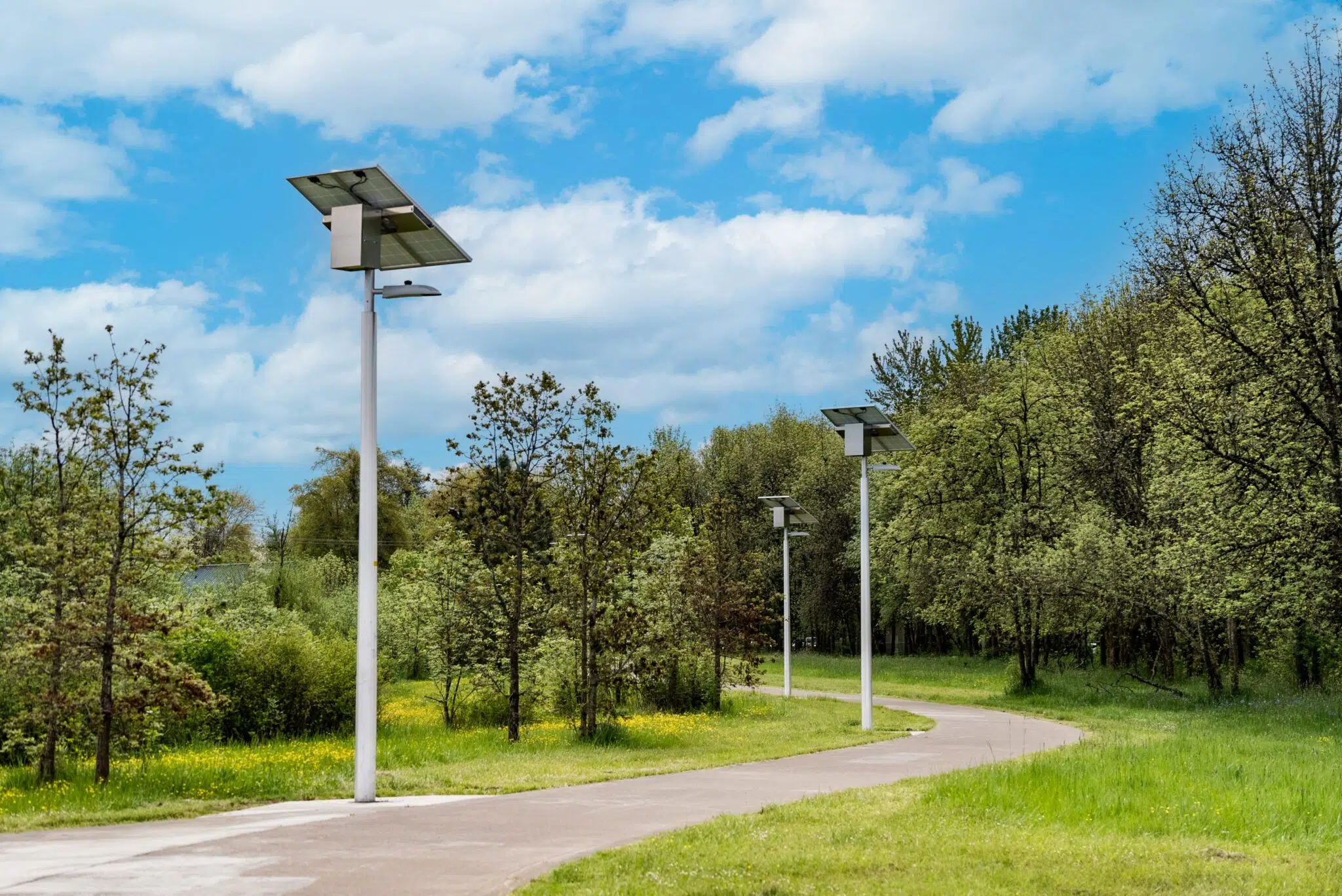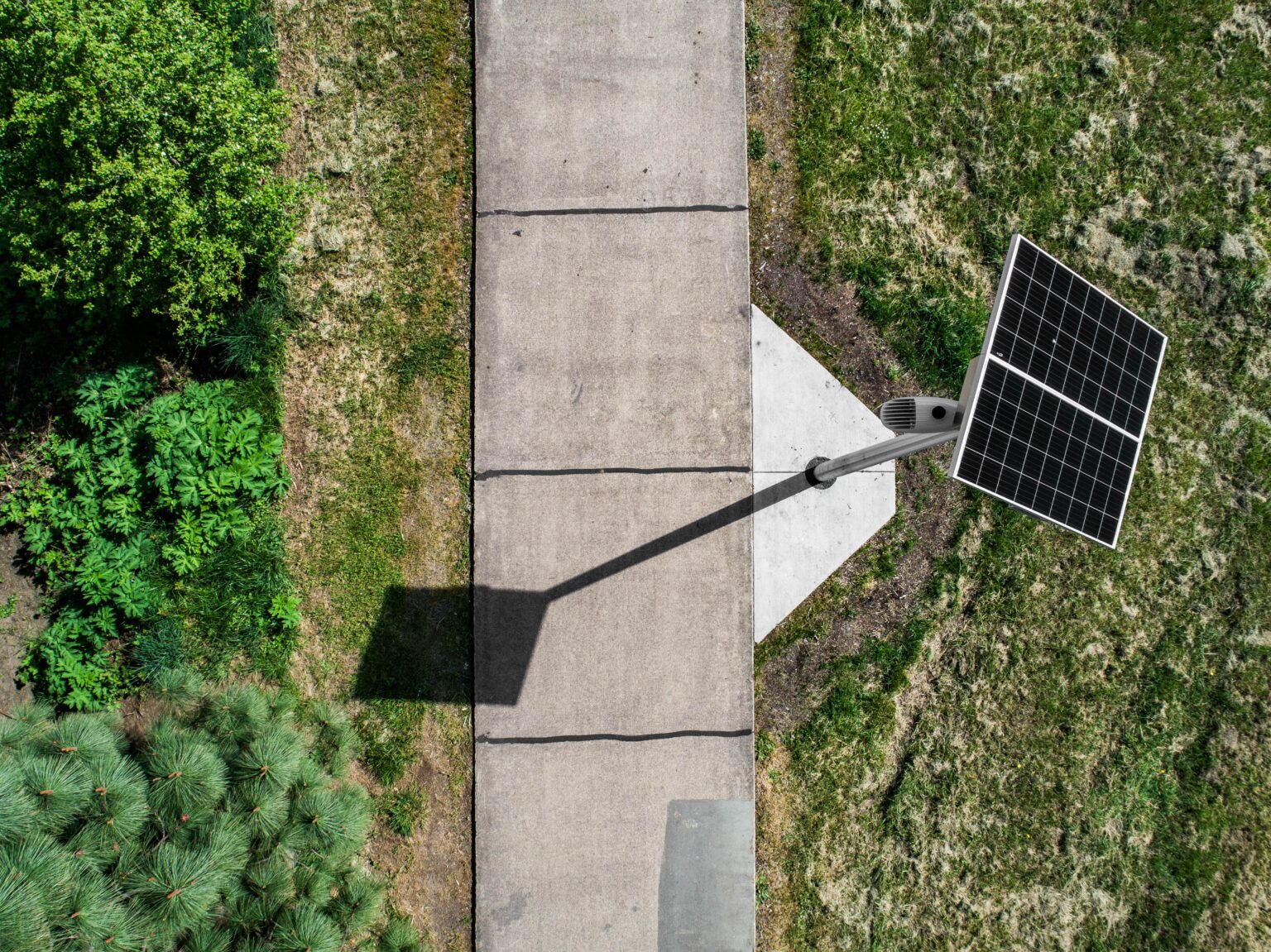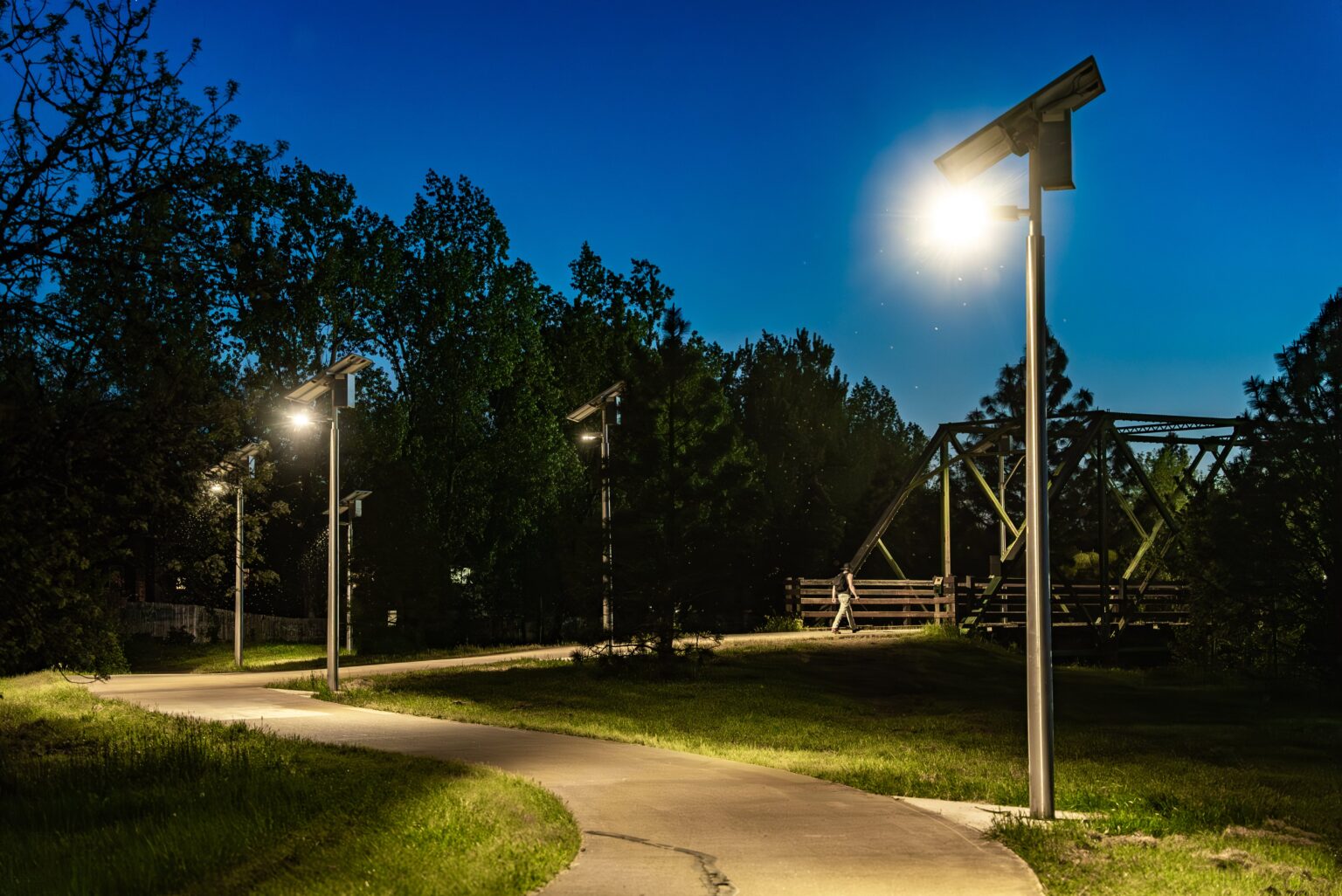Case study April 2025
Eugene, Oregon
EverGen
Facing copper wire theft and limited grid access, the City of Eugene turned to solar for an environmentally sensitive lighting solution.


Located in the heart of Oregon’s Willamette Valley, Eugene has long been committed to environmental stewardship and innovative infrastructure. The city recently completed a solar lighting project along one of its most popular recreational corridors, the Fern Ridge Path, bringing sustainable illumination to the final unlit segment of this 7.2-mile route.
The initial motivation for installing solar lighting was practical. “Most of the locations we have chosen for solar lighting are remote or at off-street travel corridors,” explained Lisa Jeffryes, an engineer with the City. “Due to increased wire theft, we have been using several solutions to discourage the problem. Solar lighting seems to be a good solution.” Another compelling reason was the lack of access to power in some locations along the path.

The straightforward installation process of the 66 EverGen-M units with Cree XSPMD fixtures has reinforced the city’s confidence in solar technology. Eugene Public Affairs Manager Eric Jones highlighted the financial benefits: “The cost of putting in this little under a half mile of lighting is about equivalent to the cost of putting in old-fashioned lights powered by electricity because we don’t have to trench and put cable in the ground.”
The City of Eugene first selected Sol lighting after thoroughly researching available options. They’ve continued with Sol products to maintain consistency and leverage positive maintenance experiences. “City of Eugene Traffic Operations has requested using these on a recent project because they have historically been easy to maintain,” notes Jeffryes.
Environmental considerations played a key role in project design. With the path running alongside Amazon Creek and sensitive habitat areas, the lighting features low color temperature (3000K) to minimize wildlife disturbance, shielding to direct light downward, and programmable dimming to limit disruption to nocturnal species. The systems are designed to work reliably even on Eugene’s shortest winter days.

While previous Sol installations in Eugene utilized concrete foundations with bolt-down poles, this project presented unique challenges. “The project was adjacent to wetlands, and we wanted to minimize the installation risks by specifying direct-bury poles,” explained Jeffryes. The direct-bury approach proved particularly valuable in narrow and environmentally sensitive sections of the path.
Beyond lighting, the project completed in October 2024 included comprehensive path improvements, addressing large cracks and grade breaks caused by ground settling. As cities nationwide seek solutions for urban lighting that balance security needs with sustainability goals, Eugene’s Fern Ridge Path project offers an illuminating example of success.
